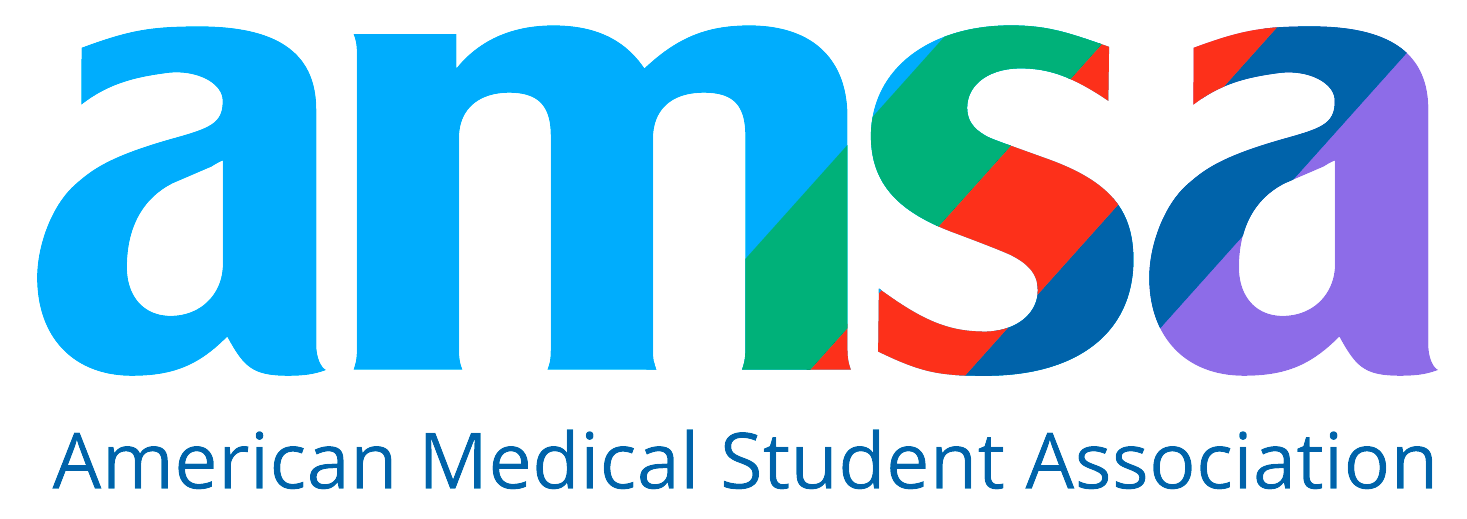Medical School Tuition Fees Compared: U.S., UK, Canada & Australia (2025)
Go-Elective Abroad
Medical School Tuition Fees Compared: U.S., UK, Canada & Australia (2025)
Understanding the Global Cost of Becoming a Doctor
Medical school is a serious investment. Whether you plan to study in the United States, the United Kingdom, Canada, or Australia, tuition fees can play a major role in determining where and how you pursue your medical education. In this guide, we compare the average medical school tuition across these four countries and highlight the financial factors that aspiring students need to consider.
Note: Prices are current as of 2025 and represent general ranges. Always check with each institution for the latest figures.
> Explore Go-Elective PreMed & Medical Internships Abroad
Why Compare Medical Tuition Fees Globally?
For pre-med and international students, understanding global tuition costs helps:
- Plan and budget for long-term educational expenses
- Evaluate ROI based on tuition vs earning potential
- Consider options to study medicine abroad for less
- Combine education with clinical experience, such as international medical internships in Kenya or Tanzania
Tuition Fee Comparison Table (2025)
United States: High Cost, High Competition
Studying medicine in the U.S. is among the most expensive globally. Tuition alone can range between $160,000 and $340,000 for a four-year degree. Add on housing, insurance, fees, and living expenses, and the total cost may exceed $400,000.
However, U.S. schools offer robust financial aid and diverse residency options post-graduation. They also require the MCAT, which many international schools do not.
United Kingdom: Affordable for Locals, Expensive for International Students
In the UK, domestic students are shielded by tuition caps, paying around £9,250 annually. But for non-UK students, fees are much higher, and medical programs are longer—usually 5 or 6 years straight out of high school.
This pathway often attracts international students seeking direct-entry options without requiring a bachelor’s degree first.
Canada: Quality Education, Limited Seats
Canada’s medical schools are subsidized by the government, with relatively lower tuition for Canadian residents. However, they are extremely competitive, especially for international applicants. Many schools only accept Canadian citizens or permanent residents.
Most Canadian programs are four years and require a prior undergraduate degree.
Many Go Elective students from Canada complete global health internships to boost their clinical experience before applying.
Australia: Flexible Entry, But Costs Vary
Australia offers both undergraduate and postgraduate pathways to medicine. Undergraduate entry allows high school graduates to pursue medicine directly, while graduate-entry programs are similar to U.S.-style med schools.
Tuition for international students is high—between AUD $40,000 and $70,000 annually—but the programs are often shorter in duration, and global recognition of Australian medical degrees is strong.
Beyond Tuition: Other Cost Considerations
Tuition is only one part of the equation. Students should also factor in:
- Application fees (especially for U.S. AMCAS and CASPer in Canada)
- Standardized test prep (e.g., MCAT, UCAT)
- Living expenses: Housing, food, transport
- Insurance and medical supplies
- Travel, especially for global applicants
For many students, shadowing or clinical internships are essential components of their medical journey—yet they come with their own costs.
With Go Elective, students can complete hands-on internships in Africa starting at $2,600, covering accommodation, meals, supervision, and more.
Can You Study Medicine for Less?
Yes. Some students choose to apply to medical schools in Eastern Europe, the Caribbean, or Asia, where tuition can be significantly lower. However, these options may come with trade-offs in terms of recognition, clinical exposure, and post-graduation licensing hurdles.
You may also be interested in: 20 Countries Where You Can Study Medicine for Under $10,000 Per Year
Final Thoughts: Plan Strategically, Think Globally
Choosing a medical school isn’t just about prestige—it’s about fit, finances, and future flexibility. Tuition fees in the U.S., UK, Canada, and Australia differ dramatically, especially for international students. Planning ahead, including saving, researching scholarships, and gaining clinical experience through internships, can help offset the high cost of medical education.
For pre-med and medical students looking to enhance their applications while keeping costs reasonable, Go Elective’s internships offer a unique opportunity to gain hospital-based experience, explore healthcare in East Africa, and build competitive international exposure.
Article Details
Categories
Recent Articles , Pre-health, Medical Electives, Med Schools,
Author: Go-Elective Abroad
Date Published: Sep 7, 2025
Travel with us.
Inquire Today!
Go Elective offers immersive opportunities for medical students, pre-med undergraduates, residents, nursing practitioners, and PAs to gain guided invaluable experience in busy hospitals abroad. Discover the power of study, travel, and impact.






